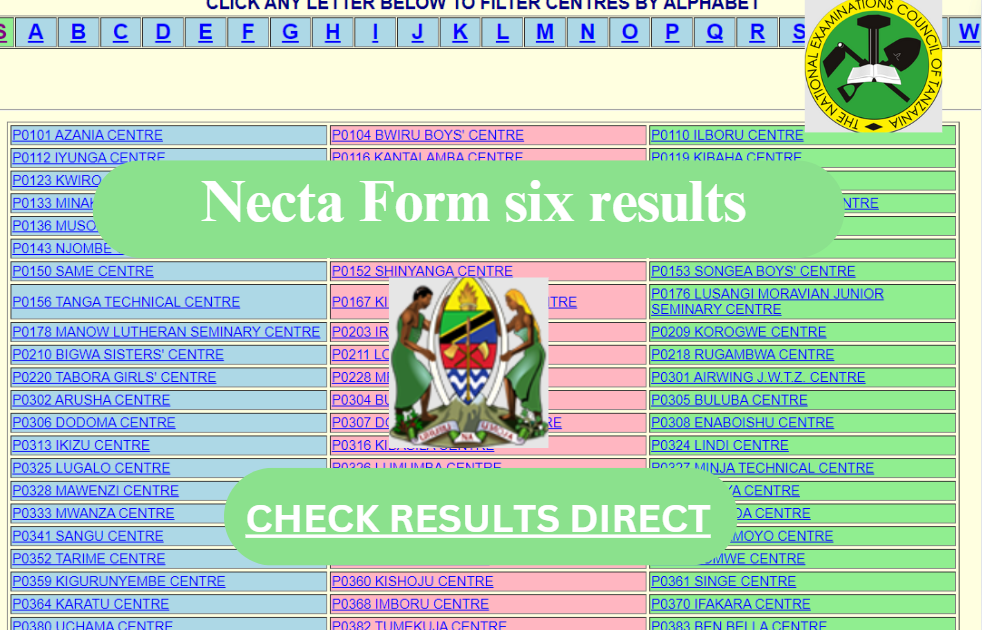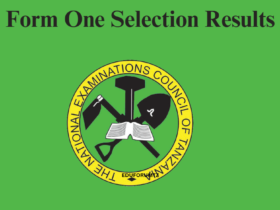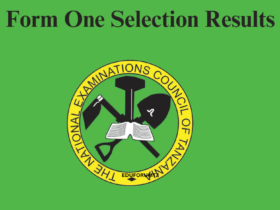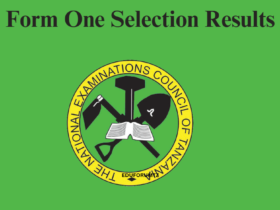Personalized learning is an approach to education that aims to tailor instruction to the unique needs, interests, and abilities of each student. It is an attempt to move away from the traditional “one size fits all” model of education and towards a more individualized approach. Personalized learning recognizes that students have different learning styles, preferences, and strengths, and seeks to create an educational experience that is better suited to each individual learner.
There are many different ways that schools and educators can implement personalized learning. Some use adaptive software that adjusts to each student’s needs and progress, while others focus on project-based learning or other hands-on activities. Personalized learning plans may also take into account a student’s previous experiences and background, as well as their future goals and aspirations. While personalized learning is not a replacement for individualized education plans (IEPs) or other intervention programs, it can be a valuable tool for helping students reach their full potential.
Understanding Personalized Learning
Personalized learning is an educational approach that aims to customize learning for each student’s strengths, needs, skills, and interests. It is a student-centered approach to learning where each student gets a learning plan that’s based on what they know and how they learn best.
The process of personalizing learning requires that a learning environment takes into account the learner and some combination of their prior knowledge, motivations, goals, beliefs, interests, skills, experience, and culture (and likely other factors) and provides an instructional approach that is tailored to meet their specific needs. This approach to learning is not a one-size-fits-all model, but rather an approach that is designed to meet the unique needs of each student.
Personalized learning doesn’t replace an Individualized Education Plan (IEP), a 504 plan, or intervention programs. Instead, it is a complementary approach that can support and enhance these plans and programs.
Personalized learning has recently emerged as a major aim in the education system. Historically, personalized learning can be traced back to John Dewey’s long-standing work of advocating for placing learners at the center of education in the early 20th century. Today, personalized learning has gained popularity due to advancements in technology and a growing body of research that supports the effectiveness of this approach to learning.
In a personalized learning environment, students are given more control over their learning, which can lead to increased engagement and motivation. Additionally, personalized learning can help to ensure that students receive the appropriate level of challenge and support, which can lead to greater academic success.
Importance of Personalized Learning
Personalized learning is an educational approach that is gaining popularity, and for good reason. It has been shown to have numerous benefits for students, teachers, and the educational system as a whole.
One of the main benefits of personalized learning is that it allows students to learn at their own pace. This means that students who may struggle with certain topics can take the time they need to fully understand the material, while students who excel can move on to more challenging topics. This can lead to increased engagement and motivation, as students are not held back by the pace of the class.
Another benefit of personalized learning is that it allows for a more tailored approach to education. By taking into account each student’s strengths, needs, skills, and interests, teachers can create learning plans that are better suited to each student. This can lead to improved academic performance and a greater sense of accomplishment for students.
Personalized learning can also help to address some of the challenges facing the educational system today. For example, it can help to reduce the achievement gap between students from different backgrounds, as it allows for a more equitable approach to education. It can also help to prepare students for the demands of the 21st-century workforce, which requires individuals to have a diverse set of skills and the ability to adapt to new challenges.
Overall, personalized learning has the potential to revolutionize the way we think about education. By placing the focus on the individual needs of each student, we can create a more effective and equitable educational system that prepares students for success in the 21st century.
Methods of Personalized Learning
Personalized learning is an approach to education that tailors the learning experience for each individual student. There are various methods of personalized learning, including the use of technology and the role of teachers.
Technology in Personalized Learning
Technology has played a significant role in the advancement of personalized learning. With the use of technology, teachers can create customized learning plans tailored to each student’s needs. For example, adaptive learning software can adjust the difficulty of questions based on the student’s performance, ensuring that they are challenged but not overwhelmed.
Another technology-based method of personalized learning is the use of learning management systems (LMS). LMS platforms can be used to deliver personalized content, track student progress, and provide feedback to both students and teachers. Additionally, LMS platforms can provide a range of multimedia resources, such as videos, interactive simulations, and games, that can engage students and enhance their learning experience.
Role of Teachers in Personalized Learning
While technology plays a significant role in personalized learning, teachers are still essential to the process. Teachers can use a variety of strategies to personalize the learning experience, such as differentiated instruction, project-based learning, and student-led discussions.
One effective method of personalized learning is the use of formative assessments. Formative assessments are assessments that are used to monitor student learning throughout the learning process. Teachers can use formative assessments to identify areas where students need additional support and adjust their instruction accordingly.
In addition, teachers can provide students with individualized feedback that focuses on their strengths and areas for improvement. This feedback can help students understand their progress and set goals for future learning.
Overall, personalized learning is an effective approach to education that can help students achieve their full potential. By using a combination of technology and effective teaching strategies, educators can create a learning environment that is tailored to each student’s needs and learning style.
Benefits of Personalized Learning
Personalized learning is an educational approach that aims to customize learning for each student’s strengths, needs, skills, and interests. This approach has several benefits for both students and educators.
Benefits for Students
1. Increased Self-Confidence
Personalized learning models increase self-confidence in students. When students are allowed to learn at their own pace and in a way that suits their learning style, they become more confident in their abilities. This increased confidence can lead to better academic performance and a more positive attitude towards learning.
2. Improved Academic Performance
Personalized learning can lead to improved academic performance. When students are given the opportunity to learn at their own pace and in a way that suits their learning style, they are more likely to understand and retain the material. This can lead to higher grades and better academic performance overall.
3. Increased Engagement
Personalized learning models increase student engagement. When students are allowed to learn in a way that is relevant to their interests and needs, they are more likely to be engaged in the learning process. This can lead to a more positive attitude towards learning and better academic performance.
Benefits for Educators
1. Improved Student Outcomes
Personalized learning models can lead to improved student outcomes. When educators can customize learning for each student’s strengths, needs, skills, and interests, they are more likely to see positive results in terms of academic performance and student engagement.
2. Increased Efficiency
Personalized learning models can increase efficiency for educators. When educators can customize learning for each student, they can focus their time and energy on the areas where students need the most help. This can lead to a more efficient use of time and resources.
3. Improved Job Satisfaction
Personalized learning models can lead to improved job satisfaction for educators. When educators can see positive results in terms of academic performance and student engagement, they are more likely to feel satisfied with their job and the impact they are making on their students’ lives.
Challenges in Personalized Learning
Personalized learning is an approach that seeks to tailor instruction to meet the individual needs of each student. While it has the potential to improve student outcomes, there are several challenges that must be addressed to ensure its success.
Implementation Challenges
One of the biggest challenges in personalized learning is implementation. Personalized learning requires significant changes to traditional teaching methods, including the adoption of new technologies and the development of new instructional strategies. Teachers must be trained to use these new tools effectively, and schools must invest in the necessary infrastructure to support personalized learning.
Another challenge is the development of appropriate curriculum and assessment materials. Personalized learning requires a flexible curriculum that can be adapted to meet the needs of individual students. This can be difficult to achieve, especially in subjects that have a standardized curriculum or require specific skills or knowledge.
Equity Challenges
Equity is another major challenge in personalized learning. While personalized learning has the potential to benefit all students, it can also exacerbate existing achievement gaps if not implemented properly. Students from disadvantaged backgrounds may not have access to the same resources and support as their more affluent peers, making it difficult for them to fully participate in personalized learning programs.
Another equity challenge is the potential for bias in personalized learning algorithms. These algorithms are designed to make recommendations based on student data, but they may inadvertently reinforce existing biases or stereotypes. For example, an algorithm may recommend lower-level content to a student based on their race or gender, even if they are capable of higher-level work.
To address these challenges, schools and districts must prioritize equity in their personalized learning initiatives. This may involve providing additional support and resources to disadvantaged students, as well as developing algorithms and other tools that are designed to minimize bias and promote fairness.
Future of Personalized Learning
Personalized learning has been gaining traction in recent years, and it seems that it will continue to be an important part of education in the future. With the advent of technology, personalized learning has become more accessible and easier to implement.
One of the most significant benefits of personalized learning is the ability to tailor education to the individual needs of each student. By using data and analytics, educators can identify areas where students are struggling and provide targeted support to help them improve. This approach can lead to better academic outcomes and increased engagement among students.
In the future, personalized learning is likely to become even more sophisticated. As artificial intelligence and machine learning continue to advance, educators will be able to use these technologies to create even more personalized learning experiences. For example, AI-powered systems could analyze student data in real-time and provide immediate feedback to help students improve.
Another trend that is likely to shape the future of personalized learning is gamification. By incorporating game-like elements into the learning process, educators can make learning more engaging and fun for students. This approach has already been successful in many contexts and is likely to become even more prevalent in the future.
Overall, the future of personalized learning looks bright. With the help of technology and innovative teaching methods, educators will be able to provide tailored education to students of all backgrounds and abilities. This approach has the potential to revolutionize education and improve outcomes for students around the world.
Frequently Asked Questions
What is the philosophy behind personalized learning?
Personalized learning is a teaching philosophy that emphasizes tailoring instruction to meet the unique needs of individual learners. The approach recognizes that students have different learning styles, interests, and abilities, and that a one-size-fits-all approach to education is not effective. Instead, personalized learning seeks to create a learning environment that is responsive to individual needs and preferences, allowing students to progress at their own pace and in their way.
What are some examples of personalized learning activities?
There are many different examples of personalized learning activities, including project-based learning, competency-based learning, and adaptive learning technologies. Project-based learning involves students working on projects that are designed to be challenging, relevant, and engaging, and that allow them to apply their knowledge and skills in real-world contexts. Competency-based learning focuses on mastering specific skills or competencies, rather than simply completing assignments or earning grades. Adaptive learning technologies use algorithms and data analytics to personalize instruction, providing students with targeted feedback and resources based on their strengths and weaknesses.
What are the benefits of personalized learning?
The benefits of personalized learning are many. Research has shown that personalized learning can improve student engagement, motivation, and achievement, as well as reduce dropout rates and improve college readiness. By tailoring instruction to meet individual needs, personalized learning can also help students develop critical thinking, problem-solving, and self-directed learning skills, which are essential for success in the 21st century.
How can AI be used in personalized learning?
AI can be used in personalized learning in several ways, including providing real-time feedback and support, identifying areas where students need additional help, and creating personalized learning plans based on individual strengths and weaknesses. AI can also help teachers better understand student learning styles and preferences, allowing them to tailor instruction to meet individual needs.
What are the different types of personalized learning?
There are many different types of personalized learning, including differentiated instruction, individualized instruction, and self-directed learning. Differentiated instruction involves tailoring instruction to meet the needs of different groups of learners, while individualized instruction focuses on meeting the needs of individual learners. Self-directed learning puts students in charge of their learning, allowing them to set their own goals, choose their learning activities, and monitor their progress.
What does research say about the effectiveness of personalized learning?
Research has shown that personalized learning can be highly effective, particularly when it is implemented well. Studies have found that personalized learning can improve student outcomes, including academic achievement, engagement, and motivation. However, the effectiveness of personalized learning depends on several factors, including the quality of instruction, the level of support provided to students, and the degree of alignment between personalized learning goals and broader educational goals.
Also Read:-
- Mastery-Based Grading: A Comprehensive Guide
- Nursing Intake 2024 Zimbabwe: Nursing Application Portal
- Economics Courses Diploma & Degree Entry Requirements in Tanzania 2023/2024
- Top Universities for Clinical Medicine Courses in Tanzania 2023/2024: Full Guide
- SUA University Programs Offered 2023/2024 Sokoine University of Agriculture





Leave a Reply